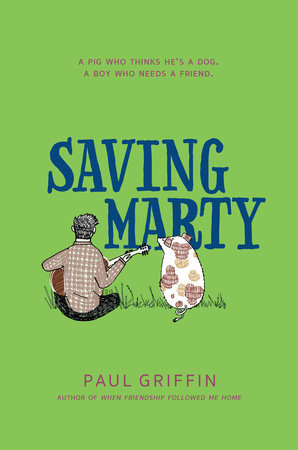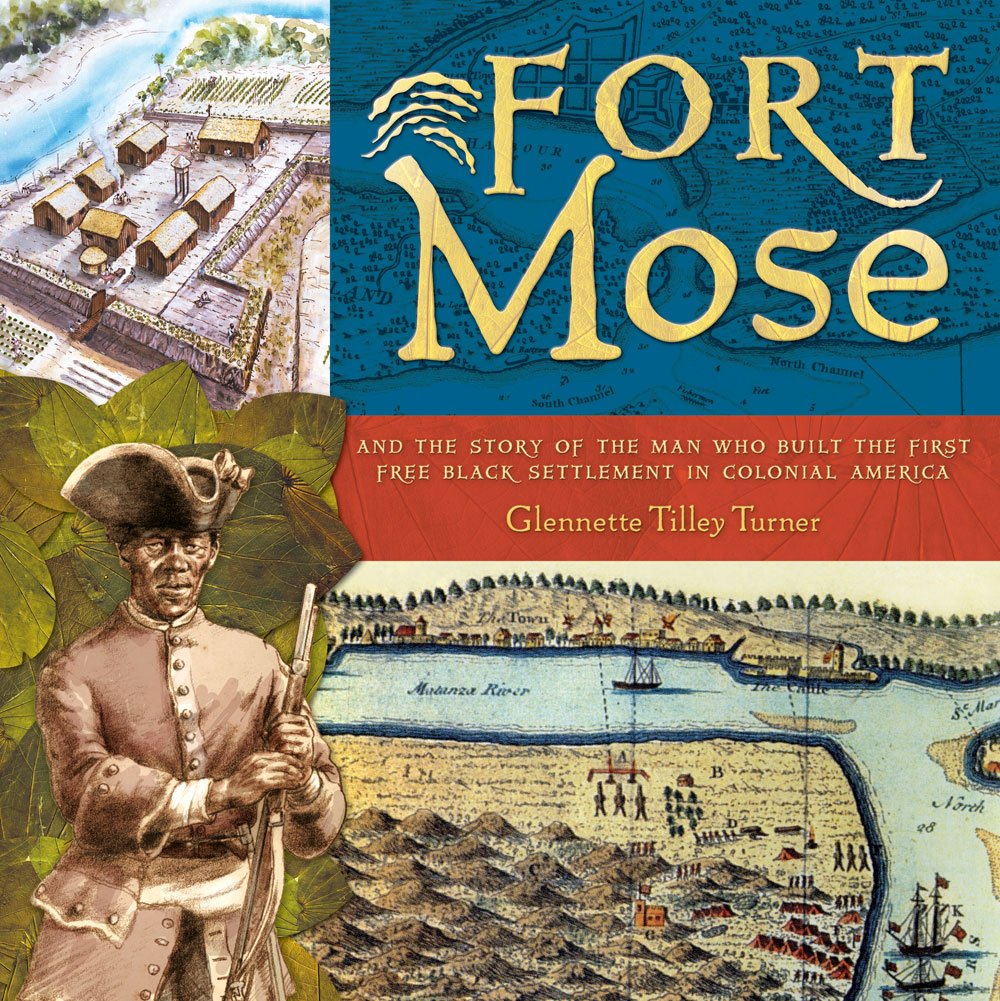 |
| Stepping during a pre-theater visit on 11/6/17. |
 |
| A gallery walk during a post-theater visit on 11/13/17. |
On November 8th we teachers and our administrators took all of our students at Passages Academy--Belmont to the New Victory Theater to see Step Afrika’s The Migration: Reflections On Jacob Lawrence. The performance blended step, jazz, and African choreography with jazz, African, and gospel music to bring panels from Jacob Lawrence’s essential Migration Series to life for a young audience. When I asked students what they thought of the show one student, D., responded by telling me the next time I take her to a dance performance, it needs to be longer. Presumably so that she may enjoy it all the more.
We weren’t able to take pictures inside the theater, but here are a couple of moments we captured of the New Victory’s excellent pre-theater and post-theater workshops provided by teaching artists Chad Beckim and Janet Onyenucheya. Pre-theater workshops included step dancing exercises which helped students identify what they would see and appreciate the depth of performers skill and preparation. Post-theater workshops invited students to engage with Lawrence’s artwork and recreate poses from selected panels, and think about how it feels to experience the poses of the figures from the paintings. Click here for more photos and more about the interdisciplinary collaboration--Jessica Fenster-Sparber

























